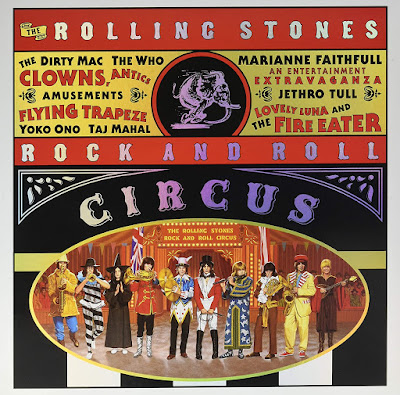This is the second entry in my series of monthly challenges. In January, I quit alcohol and sugar and reported on the things I learned. In February, I took the 100 push-up challenge, logging at least 100 push-ups, usually in four sets of 25, every day for 30 days.
I couldn't have done this without preparation. This 55-year-old body wasn't ready to start any intense exercise without some trial runs. While I was abstaining from alcohol and sugar in January, I was also building my upper body strength.
To facilitate this, I joined a Push-ups Twitter group, promoted by the Teachers on Fire Podcast logging my daily totals into this impressive spreadsheet. I struggled at first, but persisted. By February 1, I was ready for this month's challenge.
So, what did I learn?
I learned that my body, even at this age, responds positively when challenged. I can easily drop and power out 30 without breaking a sweat. Doing 100 push-ups daily became easier and easier.
My posture has improved. I stand slightly taller and more comfortably, especially after a work-out.
It is an amazing way to start your day. At first, I was doing the full 100 in the evening. Mid-month, I switched the routine. I now do 25 when I start the coffee maker and 25 more after my first cup. I'm not sure if it is the exercise or the caffeine that makes me more alert.What's Next?
I will continue to complete at least 50 push-ups daily. I recently passed the 4000 mark and I am in the top 5 in the group for average push-ups per day. I know I am significantly older than most of the participants, so that has me chuffed.
In March, I am going to try 30 days as a pescetarian. A pescetarian follows a vegetarian diet that includes fish. I'll report again at the end of the month.
Thanks for reading - feel free to join in, I'd love to hear about your discoveries.








































